A journey through the history of coin-op. Games, jukeboxes, vending, and more from the 1st century to the 20th!
Also @playhistory.bsky.social
For now, we've situated Spotlight Golf in its pre-War context. But it has a further legacy.
Next time we'll discuss how the electro-mechanical golf course was revived twenty years later.



For now, we've situated Spotlight Golf in its pre-War context. But it has a further legacy.
Next time we'll discuss how the electro-mechanical golf course was revived twenty years later.
Were MIT engineers beat to using relays for computing by the amusement industry?


Were MIT engineers beat to using relays for computing by the amusement industry?
In 1937, Claude Shannon began working on his master's thesis around the use of relay circuits as a method of computation.
His work was massively important to the beginning of digital computers.
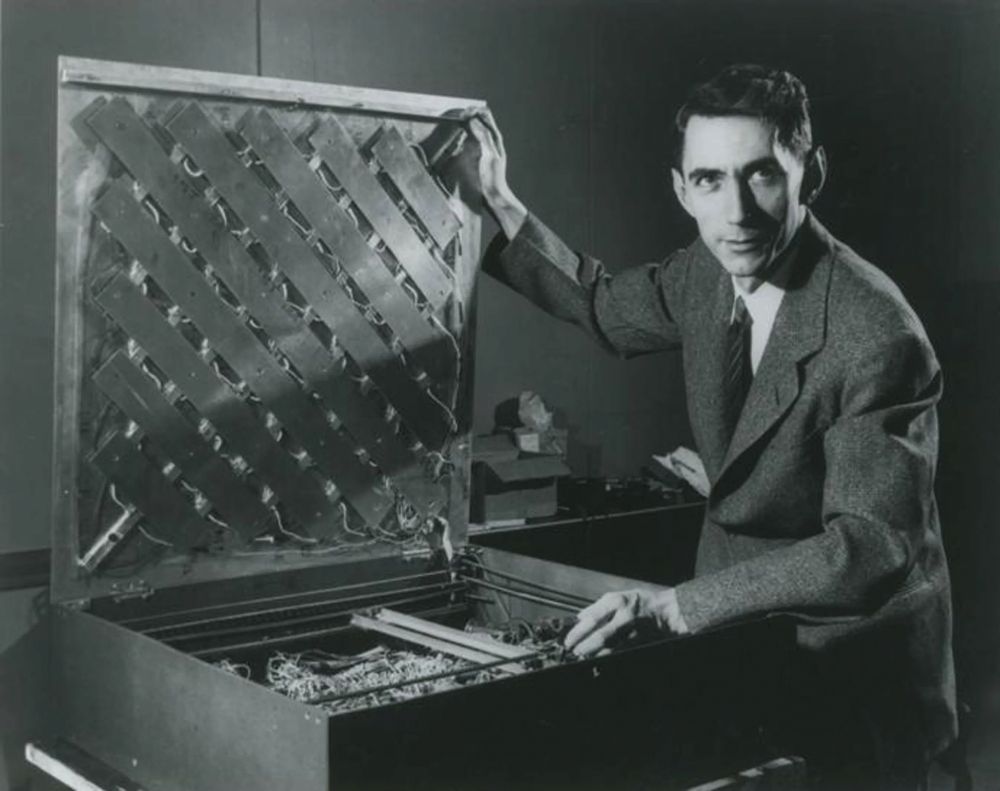

In 1937, Claude Shannon began working on his master's thesis around the use of relay circuits as a method of computation.
His work was massively important to the beginning of digital computers.
Still, I hope their machine makes it into the hands of someone who can restore it: I would love to see it in action.



Still, I hope their machine makes it into the hands of someone who can restore it: I would love to see it in action.
While the arbitrary scheme used by Spotlight Golf is very advanced, player piano roll-like systems were not unheard of for coin-op amusements.
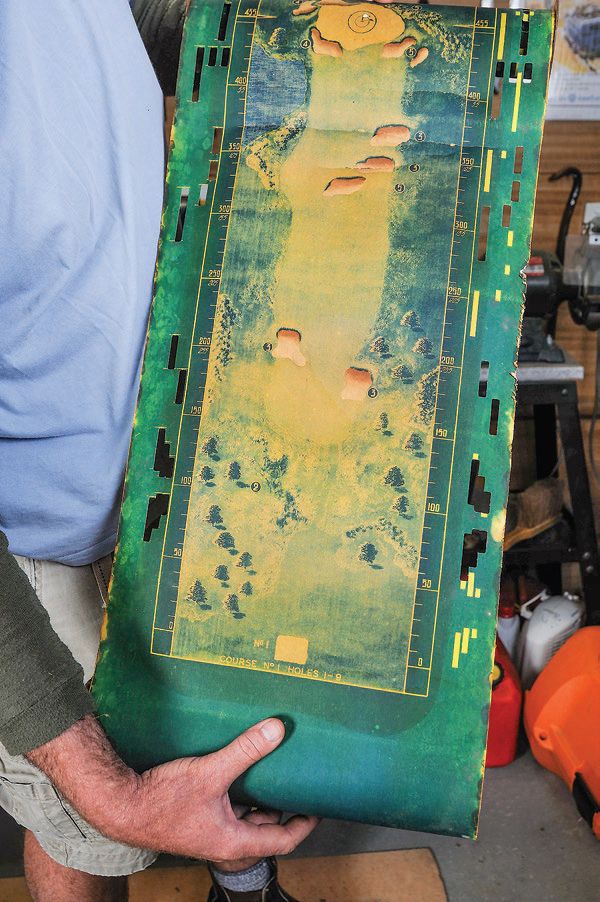

While the arbitrary scheme used by Spotlight Golf is very advanced, player piano roll-like systems were not unheard of for coin-op amusements.
The Ray-O-Lite Rifle Range used a photo-electric cell to register a digital signal. Early electrical pinball machines also used relays as part of tilt mechanisms.
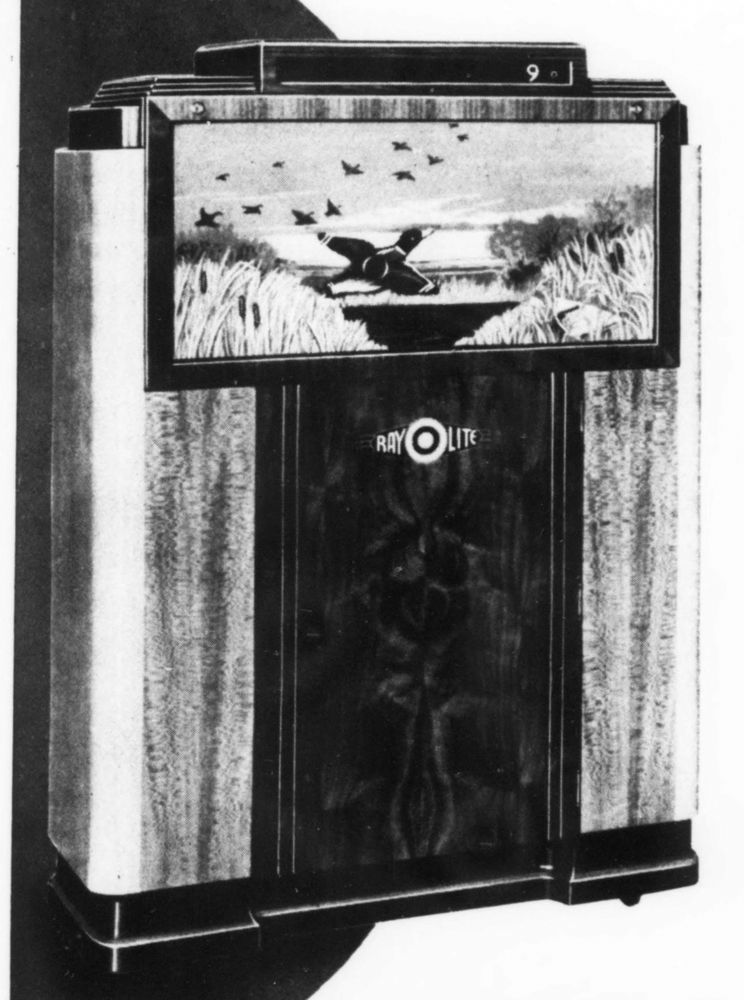

The Ray-O-Lite Rifle Range used a photo-electric cell to register a digital signal. Early electrical pinball machines also used relays as part of tilt mechanisms.
The game on the whole relies on a lot of moving components. Just because it transfers basic electrical signals does not mean qualifies as "digital".
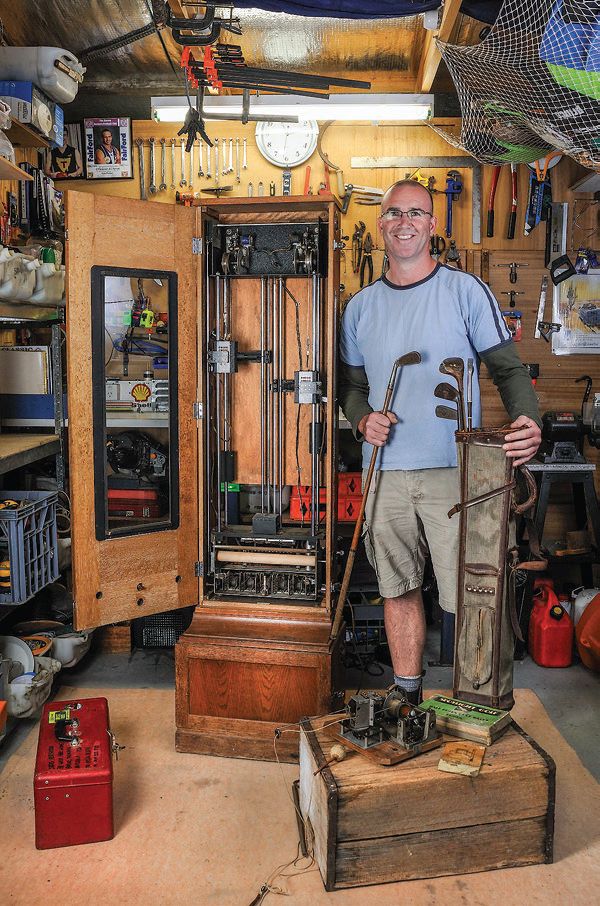


The game on the whole relies on a lot of moving components. Just because it transfers basic electrical signals does not mean qualifies as "digital".
However, the Australasian Golf Museum has made several claims about its significance that I as a historian think are a bit unwarranted.


However, the Australasian Golf Museum has made several claims about its significance that I as a historian think are a bit unwarranted.
The roll - containing nine individual holes - could then be moved and the mechanisms reset for the next drive.



The roll - containing nine individual holes - could then be moved and the mechanisms reset for the next drive.
If unable to escape the trap, they could push a button to reposition the ball out of the hole.


If unable to escape the trap, they could push a button to reposition the ball out of the hole.
Combined with the data from the putting reader, it could determine whether or not each player was in a sand pit or even out of bounds.
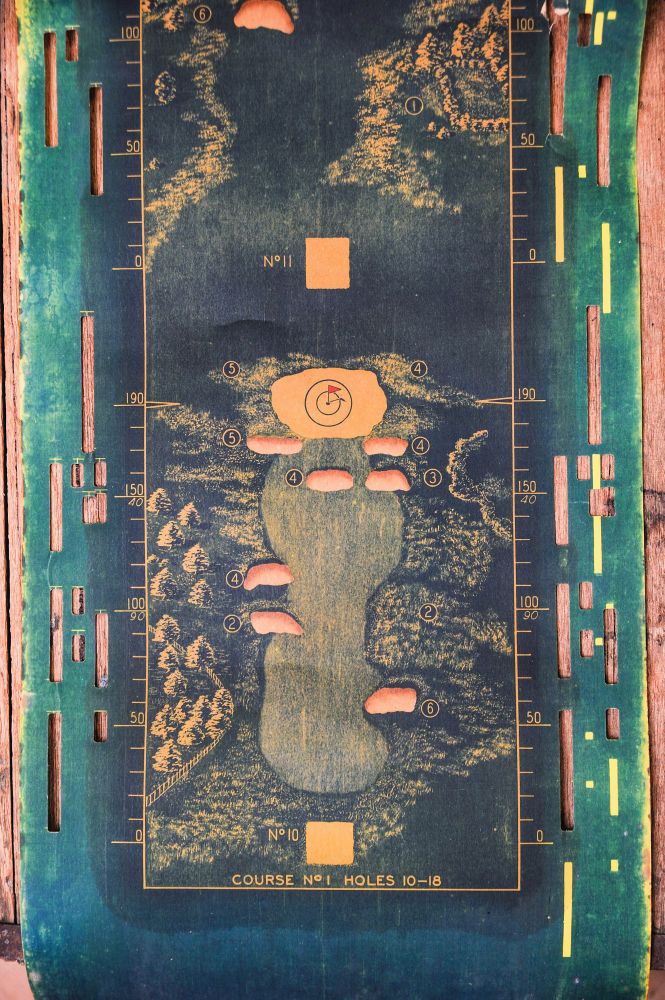


Combined with the data from the putting reader, it could determine whether or not each player was in a sand pit or even out of bounds.
The player furthest from the green is the next to swing, generally whacking the ball into a net to advance it on the playfield.
This is where things really get wild.



The player furthest from the green is the next to swing, generally whacking the ball into a net to advance it on the playfield.
This is where things really get wild.
The duration of the signal determines how far the ball travels vertically on the model course.
A precise location is determined by a light - a "spotlight" if you will - which can be deflected left or right via a mirror.
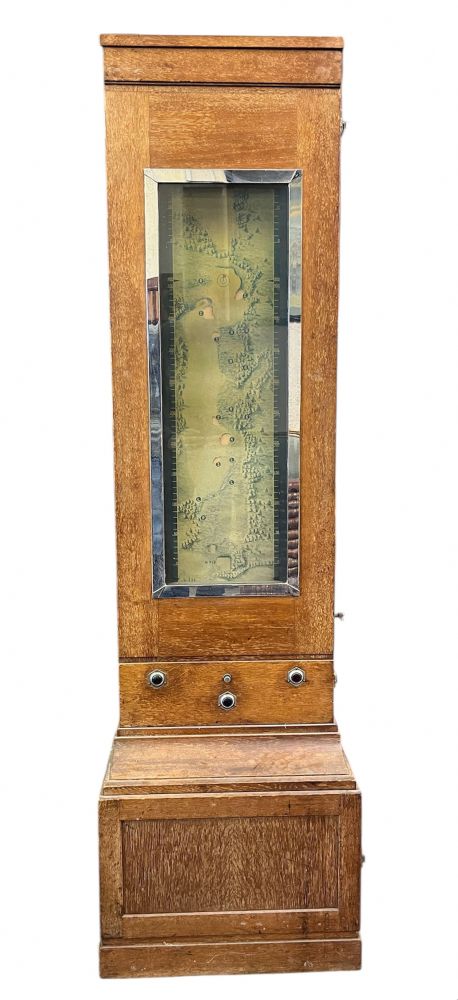

The duration of the signal determines how far the ball travels vertically on the model course.
A precise location is determined by a light - a "spotlight" if you will - which can be deflected left or right via a mirror.
Contact relays read the course of the shot, opening or closing depending on intensity and the straightness of the swing.



Contact relays read the course of the shot, opening or closing depending on intensity and the straightness of the swing.
According to the Australasian Golf Museum, this tech qualifies it as the "first computer game" and maybe the first electronic computer.
Let's investigate this.

According to the Australasian Golf Museum, this tech qualifies it as the "first computer game" and maybe the first electronic computer.
Let's investigate this.
It was expensive, distribution was limited, and the UK was on the verge of its most devastating war.
However, Spotlight Golf did leave an impact. Next time, we'll discuss more about its pioneering technology.
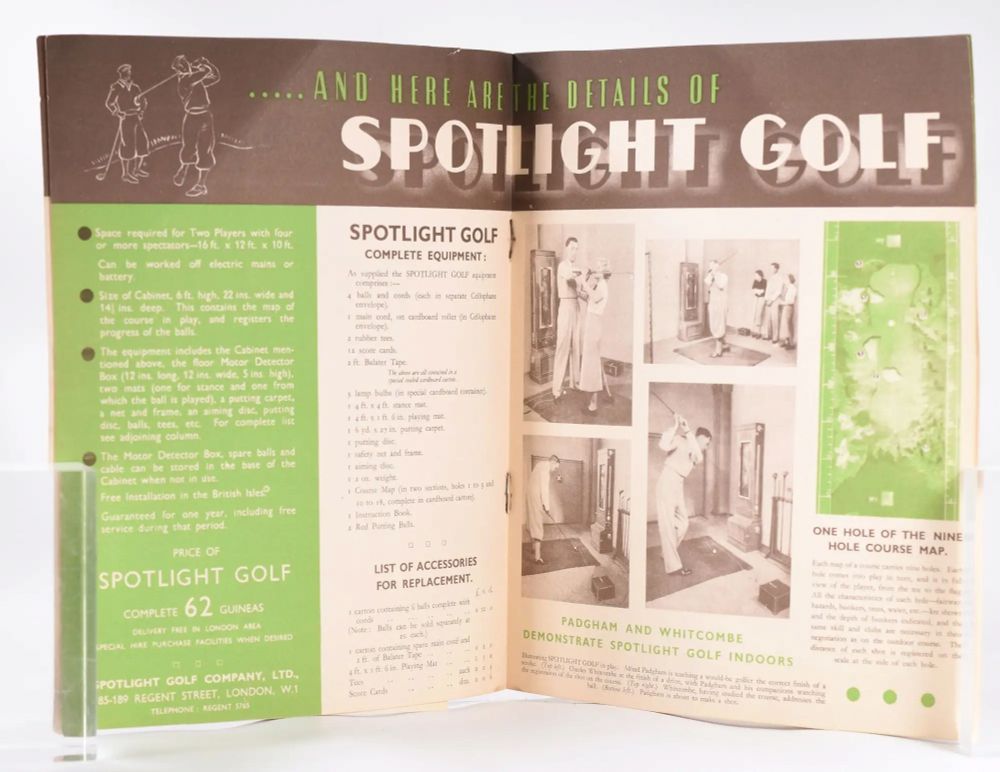
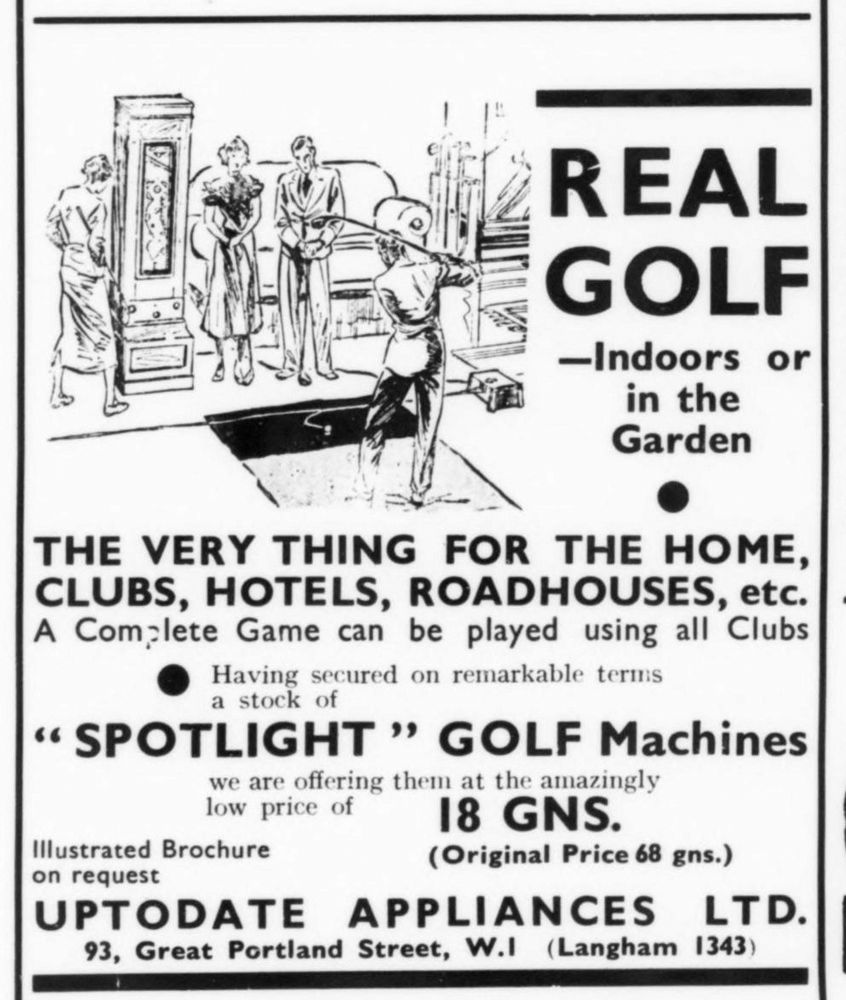
It was expensive, distribution was limited, and the UK was on the verge of its most devastating war.
However, Spotlight Golf did leave an impact. Next time, we'll discuss more about its pioneering technology.
The coin-op industry took an interest in the device, but it never became fully automated due to needing attendance for the ball and the net.
Though in Montreal they did try quarter-per-play pricing.




The coin-op industry took an interest in the device, but it never became fully automated due to needing attendance for the ball and the net.
Though in Montreal they did try quarter-per-play pricing.
Costing nearly 70 pounds for the operator and one shilling for nine holes, this wasn't the type of device one would simply find on a boardwalk.
Nevertheless, it made an impression at various exhibitions throughout the country.


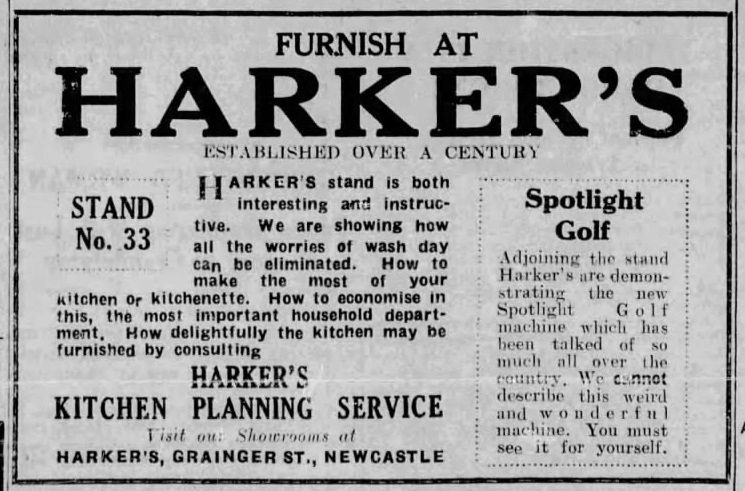
Costing nearly 70 pounds for the operator and one shilling for nine holes, this wasn't the type of device one would simply find on a boardwalk.
Nevertheless, it made an impression at various exhibitions throughout the country.
EMI emphasized that Spotlight Golf was a perfect rainy-day replacement for getting out on the course.


EMI emphasized that Spotlight Golf was a perfect rainy-day replacement for getting out on the course.
www.ausgolfmuseum.com/media/
The game, called Spotlight Golf, premiered for the British public in May 1936.



www.ausgolfmuseum.com/media/
The game, called Spotlight Golf, premiered for the British public in May 1936.
For the golf game, relays allowed for the reliable tracking of different 'states' of the game.



For the golf game, relays allowed for the reliable tracking of different 'states' of the game.
His invention prior to working with Simon had involved a cutting-edge use of electrical relays.



His invention prior to working with Simon had involved a cutting-edge use of electrical relays.
But this version of the electric-powered golf machine never saw the light of day. It took a few more years of tinkering before Simon's invention came to fruition.

But this version of the electric-powered golf machine never saw the light of day. It took a few more years of tinkering before Simon's invention came to fruition.
The golf course - represented by a rolled-up sheet on a rotating drum - would move according to where the player had reached in the course. A pointer indicated where precisely on the 'map' a player had reached.


The golf course - represented by a rolled-up sheet on a rotating drum - would move according to where the player had reached in the course. A pointer indicated where precisely on the 'map' a player had reached.
Using a golf ball attached to a tether, players could whack the ball into a net and have it registered by the device. Gears and electrical components could transcribe how far the swing would have gone.


Using a golf ball attached to a tether, players could whack the ball into a net and have it registered by the device. Gears and electrical components could transcribe how far the swing would have gone.

